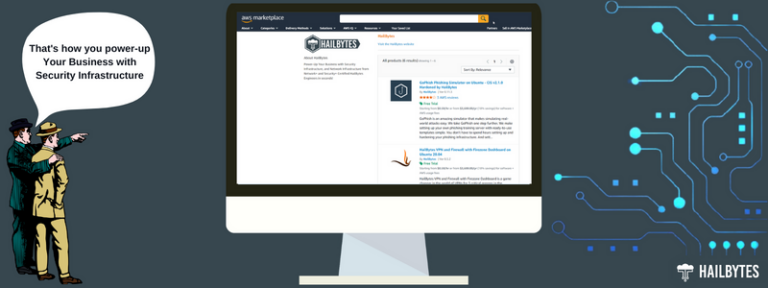How To Understand Incident Severity Levels In Cybersecurity

Introduction:
Understanding incident severity levels in cybersecurity is essential for organizations to effectively manage cyber risk and respond quickly to security incidents. Incident severity levels provide a standardized way of categorizing the impact of a potential or actual security breach, allowing organizations to prioritize and allocate resources accordingly. This article will cover what incident severity levels are, how they’re determined, and why they’re important for organizations to understand.
What Are Incident Severity Levels?
Incident severity levels are used to classify the impact of an incident, ranging from low (least severe) to critical (most severe). Organizations typically use three or four different categories: High, Medium, Low and sometimes Critical. Each category helps define the remedial steps that need to be taken, the resources to allocate, and the time frame needed before the incident is considered resolved.
How Are Incident Severity Levels Determined?
Organizations determine incident severity levels by assessing a range of criteria such as potential impact on business operations, asset or data confidentiality/integrity/availability; number of impacted users/systems; duration of exposure; legal implications; etc. Each criteria is associated with a particular score which is then totaled up to come up with an overall score for the incident. Based on this score, organizations decide what level of severity to assign it.
Why Are Incident Severity Levels Important?
Incident severity levels provide organizations with a standardized way to classify the impact of a security incident, enabling them to prioritize the response and take appropriate action. They also help organizations allocate resources efficiently by focusing on the highest priority incidents first. Furthermore, they provide a basis for assessing incident response times and developing processes to ensure that all incidents are responded to in a timely manner.
Conclusion:
Understanding incident severity levels is an important part of effective cyber risk management. It allows organizations to prioritize their security activities, allocate resources more efficiently, and respond quickly to potential or actual security breaches. By using incident severity levels, organizations can strengthen their overall security posture and mitigate risks related to data loss or theft.







